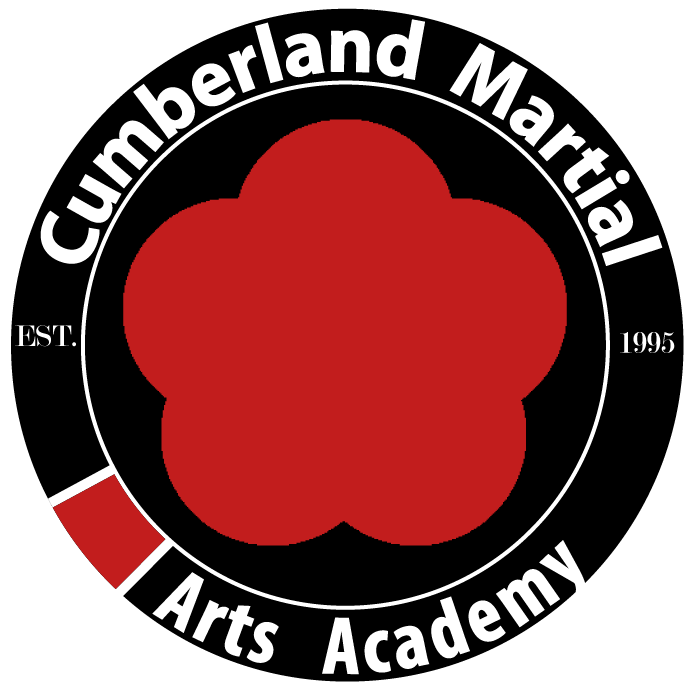Throws of Wing Chun
Introduction to Wing Chun Throws and Take Downs
Wing Chun Kung Fu is one of the more popular forms of Traditional Kung Fu being practiced in the world today, largely due to the popularity of Bruce Lee.
Many people in the world today are practicing and promoting Wing Chun as taught by the Late Grand Master Ip Man (Bruce Lee’s teacher).
In many Wing Chun schools students and teachers are practicing Chi Sao, Mok Yan Jong, 6 ½ point pole even the Bat Chum Dao.
Wing Chun has proven to be a very effective and functional Martial Art in terms of self defence at every level. What makes Wing Chun so popular is the fact that it teaches a pragmatic approach to self defence.
However, what you rarely see being demonstrated are the throws and take downs of Wing Chun.
Therefore, this article highlights some of the throws and take downs that can be found in the Wing Chun system, if you know where to look.
Identifying Throws and Take downs of Wing Chun
Below you will find demonstrations of some of the throws and take downs that can be found in the Wing Chun system of Martial Arts education as well as where they are found.
Much of Wing Chun education comes in the form of concepts, principles and attributes, therefore, I thought it would be a good idea to define what is meant by a concept a principle and an attribute.
Excerpt from the book “Unraveling Wing Chun Chum Kiu” from the “Unraveling Kung Fu” series.
- A concept: Is a plan, and intention or a conception. It is an abstract idea or general notion. A concept leaves room for interpreting how the plan is to be realized.
- A principle: Is a general scientific theory or law that has numerous special applications in a wide field. It is a behaviour or chain of reasoning.
- An attribute: Is a quality or feature regarded as a characteristic or inherent part of someone or something. Attributes can be conditioned, strengthened and improved.
Knowing this helps to prepare the student in unlocking many possible applications that Wing Chun has to offer.
So, let’s get to it.
Throws and Take Downs of Wing Chun
Out of the forms and drills of Wing chun, one can find many throws and takedowns, below are a few examples of what can be found, where to find it, and its application.
1) Outer sweep from catching a kick, can be found in Mok Yan Jong form, 2nd to last section.
Since the Mok Yan Jong’s purpose is to better understand positions and angles as they relate to the opponent, one can see in (Fig 1, A.) a takedown by use of a sweep from catching a kick, while (Fig 1, B) demonstrates the application in practice.
2) Body drop, can be found in Mok Yan Jong form, 1st section.
Once again, the proper angle and position in relation to the opponent can result in the execution of a throw or take down (Fig 2, A,) while (Fig 2, B and C) demonstrate the application in practice.
Fig. 2,A

Fig. 2,B

Fig. 2,C

3) Single leg take down, can also be double leg, can be found in Biu Gee.
The last movement in Biu Gee which identifies the concept of your hands leading the way back to centre when compromised, can also be used to identify the action of picking up the opponent’s leg if you have to enter deep into his space nocking him off balance, setting up the take down see (Fig 3, A and B.) (Figs 3, C, D and E) show one possible application.
Fig. 3,A

Fig. 3,B

Fig. 3,C

Fig. 3,D

Fig. 3,E

4) Take down from elbow control, applied from Lap Dah, can be found in Chum Kiu.
Concept from Chum Kiu of applying pressure on elbow joint (Fig 4, A). Followed up by use of Lap Dah motion to realize concept (Fig 4, B).
Fig. 4,A

Fig. 4,B

Application of Concept realized through a take down.


5) Kick to back of knee, after balance broken, can be found in Chum Kiu.
The concept of weight distribution (Fig 5, A), the principle of hands busy use feet (Fig 5, B) and the disruption of the opponent’s balance attribute. Can be united to realize a take down once you have the opponent’s back (Fig 5, C).
Fig. 5,A

Fig. 5,B


6) Large Outer Reaping throw can be found in Chum Kiu third section, also known as “Topple a Folding Screen”.
Once again, the concept of weight distribution (Fig 6, A), the principle of hands busy use feet (Fig 6, B) and the disruption of the opponent’s balance attribute. Can be united to throw the opponent to the ground once the bridge is under control (Fig 6, C).
Fig. 6,A

Fig. 6,B

Throw in application see Fig 6, C.



7) Torqueing opponents head takedown, Chum Kiu, third section, also known as “holding the golden egg”.
Below you can find the concept of bridge control (Fig 7, A and B) and redirecting the opponents balance (Fig 7, C.) by the grip maintained on their neck or head if they should bend at the waist.
Fig. 7,A

Fig. 7,B

Fig. 7,C


These 7 examples and more can be found by simply applying the concepts and principles along with a firm understanding of the attributes of the Wing Chun system of martial arts education.
Good luck and happy hunting.
Robert Teske



Recent Comments